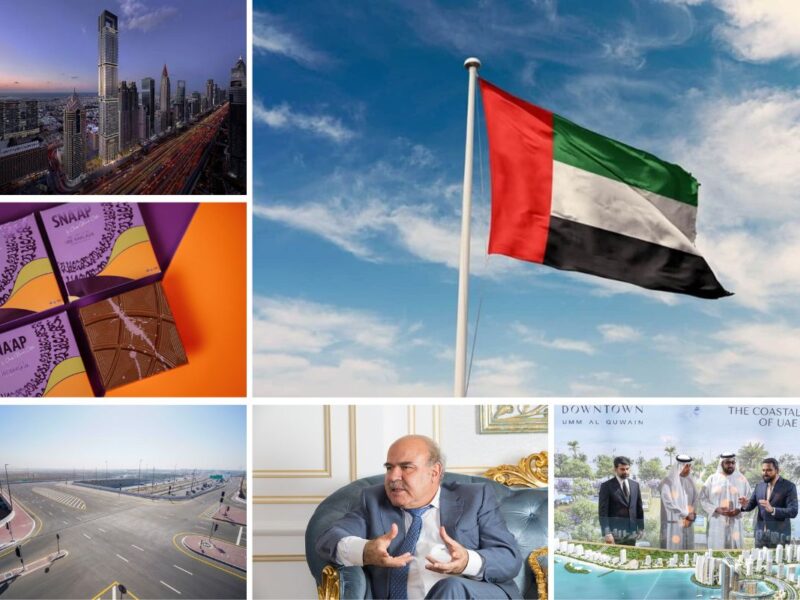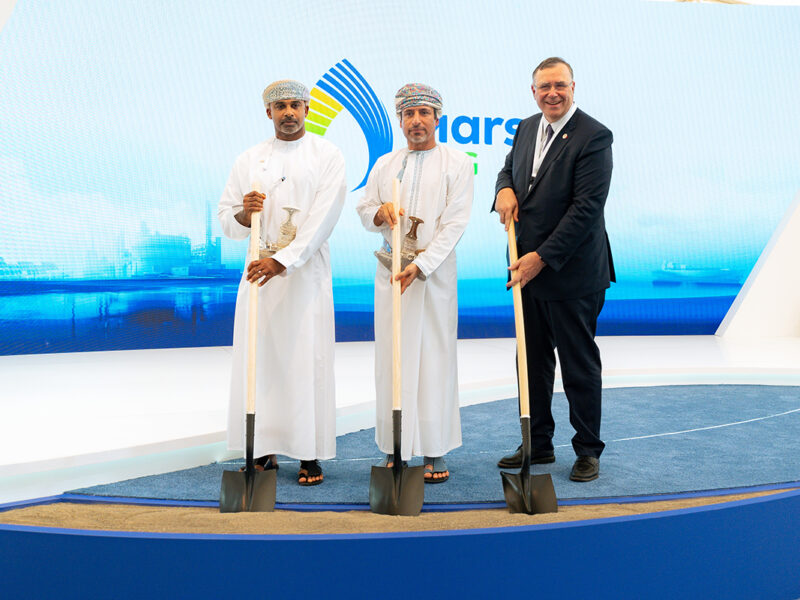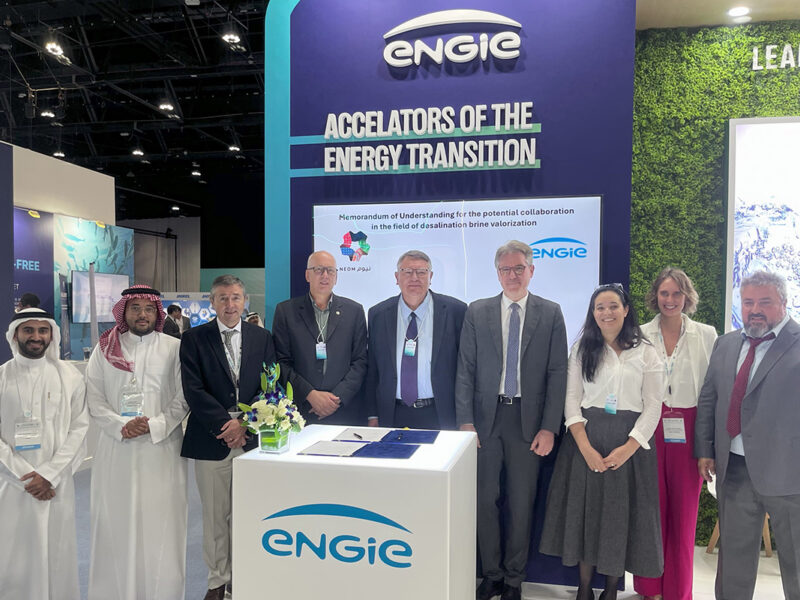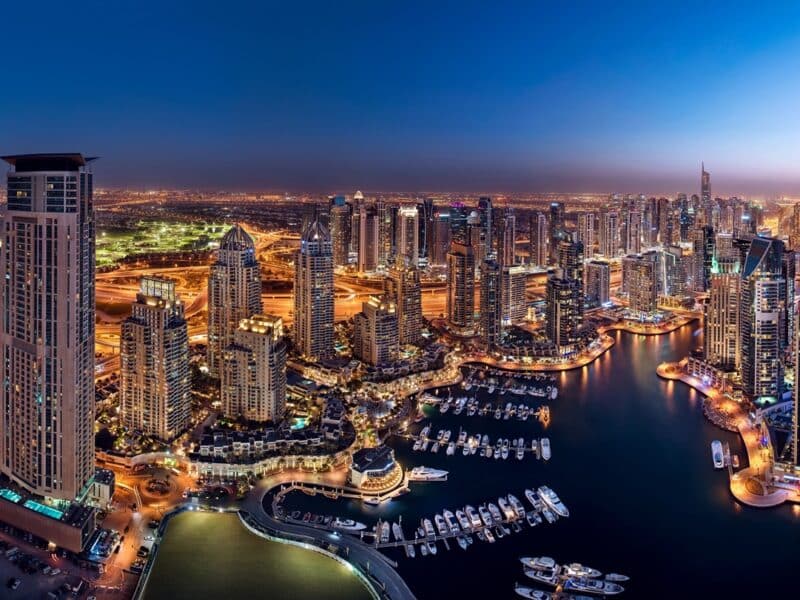Kathleen Bury, Contax project manager, provides an insight into what will become a vital component of KSA’s petrochemical hub ambitions, nestled in the heart of Jubail.
GCC Context
Despite the current economic climate, the planned GCC energy Capex landscape for 2009 to 2011 continues to show promise with c.$380bn worth of investments on the table. The dominant sectors continue to include the refining and petrochemical sectors, with c.$92bn and c.$74bn respectively already planned for award by the end of 2011. Saudi Arabia supports a project Capex position of c.40% worth of the investment planned within the GCC energy space by 2011.
Contax’s recent analysis of the ‘Impact of the Financial Situation on GCC Energy Project Workload’ indicates that the project postponement trend seen during 2007 and the early 2008 looks set to continue into 2009 with a considerable amount of award and execution schedule slippages. Nevertheless, given the GCC’s commitment to solidifying its global ‘petrochemical and refining hub’ position and developing its downstream presence, it is anticipated that a number of key projects will be realised in the long run.
A major project that is expected to help Saudi Arabia achieve this goal is the Jubail Export Refinery (JER).
Background and Strategic Importance
Located within Jubail 2, an extension of Jubail Industrial City in the Eastern Province of Saudi Arabia, a Saudi Aramco led JV is building a flagship 400 000bpd fully integrated grassroot export refinery. In an effort to successfully develop and execute this project, Saudi Aramco has joined forces with France’s Total under a current 67.5:37.5 JV partnership.
Contax understands that upon operational start up, Aramco plans to offer 25% of the company to the Saudi public through an Initial Public Offering (IPO) on the Saudi stock exchange, thus resulting in a 3 party ownership structure; Aramco 37.5%: Total 37.5% and Public Ownership 25%.
Since the project’s announcement and with the continuous escalation in project costs, there has been much discussion around the project economics, viability and partner commitment. However, in May 2008, the Saudi Oil Ministry along with Saudi Aramco and Total gave their final investment decision to go ahead with the project. Given this, it is understood that the project is currently seeking finance.
However, it is believed that they will not be able to define their requirement until they have been given definite bids from their various contractors.
With a currently estimated investment cost of c.$12bn, a 100% increase over its original budget of $6bn, the refinery will utilise heavy crude oil as feedstock. The majority feedstock will be sourced from the nearby Manifa Offshore Oil Field, which is currently undergoing an 800-900,000bpd redevelopment program, and processed to produce diesel and jet fuels for domestic and export use. The main export markets for the processed products will be fast-growing markets in the Far East, Europe and US.
Development of the JER project enables all involved stakeholders to satisfy a number of key strategic objectives:
1. Significantly increase Saudi Arabia’s contribution to global refining capacity through the conversion of its abundant heavy crude oil reserves into refined oil products for export. Heavy crude oil is generally not preferred by global refiners due to the high cost of processing and poor extraction rate
2. Enables Saudi Arabia to take advantage of the current price disadvantage on their Arabian Heavy Crude
3. Enables Saudi Aramco to maximise the existing value of its existing and new production activities and capitalise on synergies with international players to solidify its position within refining value chains and further expand its marketing channels
4. Enables Total to expand its manufacturing base through the gaining of access to competitively priced feedstock
5. Enables Total to strengthen its commitment to the Kingdom following their recent decision to pull out of the South Rub Al Khali (Srak) gas exploration hunt in Saudi Arabia’s Empty Quarter
6. Enables the creation of employment opportunities within Saudi Arabia.
Scope of Work
The JER scope of work consists of 13 packages including the Aromatics Package – which will produce 700 000tpa of paraxylene, 140 000tpa of benzene and 200 000tpa of polymer grade propylene, plus a Coker Unit, Conversion Package and Distillation and Hydrotreating units. In addition JER will incorporate all plant and associated utilities and tank farms into separate packages.
Timeline and Status
The front end engineering and design (FEED) which was conducted by Technip was completed in Q2 2008. Two of the project packages, site preparation/access road and temporary facilities, have already been awarded and the remaining packages are currently under EPC bid and due for award in Q4 2009/Q1 2010.
Should the current project timeline remain unaffected by the construction delays currently being faced within the industry, project execution should commence in Q4 2009/Q1 2010 and be completed by Q1 2014.
Challenges
Current economic and market dynamics are questioning the validity and schedules of many of the energy projects within the GCC. With the recession in buyer economies and project financing issues, key projects are being postponed and cancelled on a weekly basis.
Contax’s latest report ‘Impact of the Financial Situation on GCC Energy Project Workload’ looks to provide clarity around which projects have a 70%, between 40-70% and less than 40% probability of proceeding within the current climate and thus which sectors will experience the greatest impact.
Given the current climate, owners are looking to take advantage of the lower critical input costs and drive down EPC bid prices. It is believed that Aramco/Total is currently looking to follow suit and reduce the total budget cost by at least 10%.
Nevertheless, with the recent award of two of the project packages, Contax believes that the JER project has a high probability of going ahead.
Contax offers a unique portfolio of fact based market and project reports which provide in-depth project information and market analysis to help you make informed decisions. For information and access to the reports, please contact [email protected]







